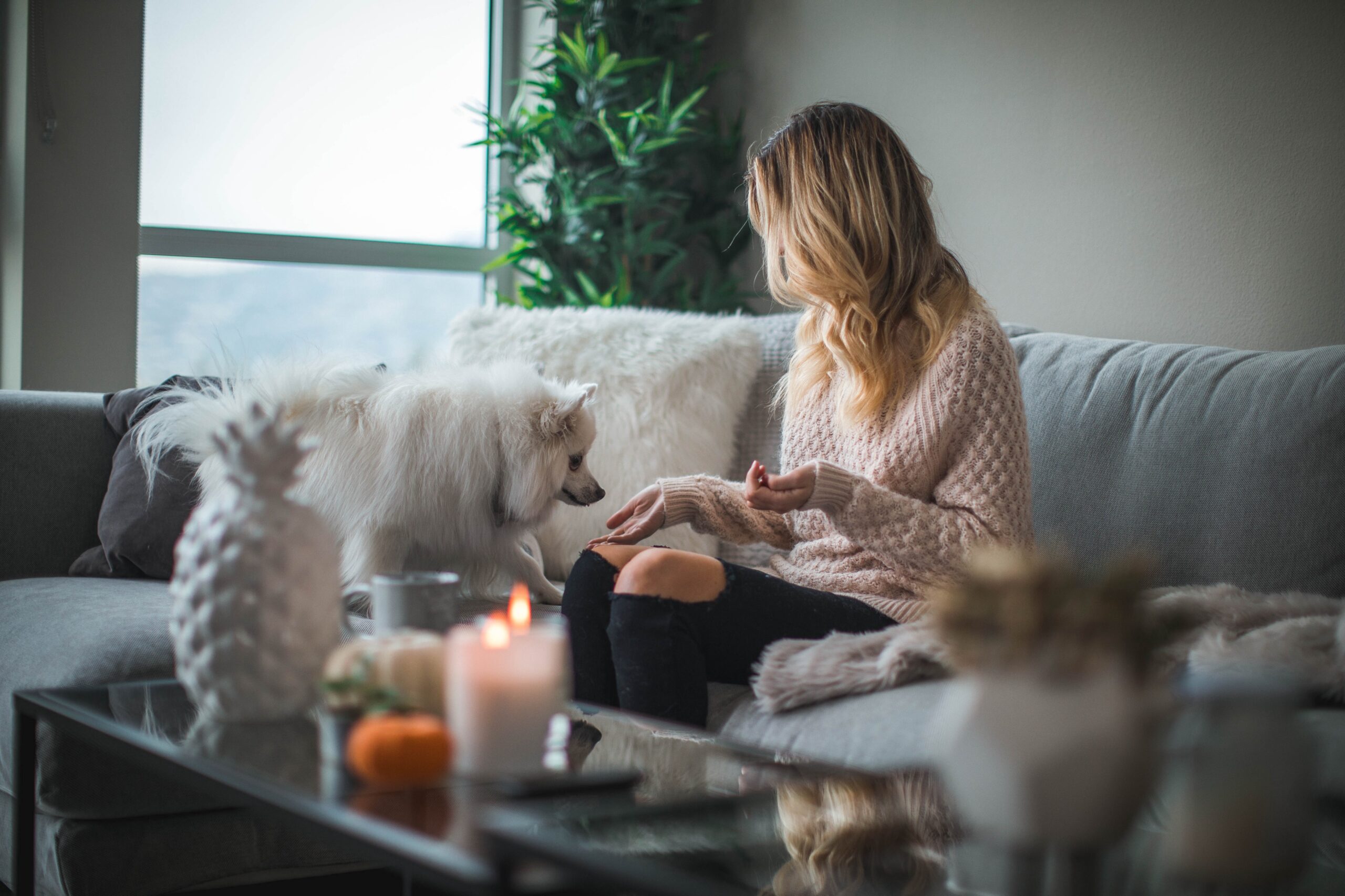
I’ve been a regular meditator for over eight years now. But I still have days where I find it tough to rev up my meditative mojo to start a session.
I might feel frazzled from one of my kids annoying the heck out of me with some “getting ready for school” shenanigans like “Find me my brush or I don’t get to brush my hair. And if I don’t get to brush my hair, I’ll be late. Your choice, dad…” Or feeling generally anxious just…because. Or overwhelmed with lots to do.
Recently, I came up with something that calms me down and gets me rolling with my meditation, regardless of how I feel. I say to myself:
“Let’s go home.”
I mean home in that traditional sense of a place where we feel safe, secure and peaceful. For most people, when we’re out in the world — at our jobs, at the store, at our kids’ schools, etc. — we feel anything but at home. I liken it to feeling like a pinball pinging all over the machine, flung from one thing to the next. Out of control.
For me, the word that best captures this sense of unease as we navigate the world is vulnerability. We feel susceptible to the words and actions of all the people we come across in our daily interactions.
A path to invulnerability
Meditation provides the best way for us to go back to our inner home, a place where we feel completely invulnerable. Why do we feel invulnerable in that place? Because our inner home is where we find our true self. Our conscious self. It’s a place that can only be inhabited when our attention is fixed on the present moment.
It’s a place we reach when the mind slows down. When the snow in the snow globe settles on the bottom and we feel clearheaded. As Eckhart Tolle says:
“You are never more essentially, more deeply, yourself than when you are still.”
That true, conscious, still self we experience when we “go home” inside doesn’t know what vulnerability or worry is. That’s why we feel so peaceful when we become that true self.
And that true self is always there. We just need to quiet down the egoic, unconscious self, mind static (the falling snow in the snow globe) to inhabit it.
And here’s the great thing about meditation: The more we do it, the stronger our connection to that inner home, conscious self becomes. To the point that, when we go out and face the vicissitudes of the world, that true self lurks behind everything we encounter. Bottom line: the more we meditate, the more invulnerable we feel.
Ralph Waldo Emerson summed this up perfectly when he wrote:
“The great man is he who, in the midst of the crowd, keeps with perfect sweetness the independence of solitude.”
I literally used to think of that quote in my younger years as I tried to make my way through a large crowd at a party. Just trying to stay connected with my inner world as I experienced the busyness of the outer world.
It’s important to note that going home does NOT mean running away and hiding from the world. It’s precisely the opposite. It’s going home to strengthen our connection to our true self so that we feel stronger and more secure as we engage with the external world.
The takeaway
The great author, Thomas Wolfe, was wrong. We can, and should, go home again. Repeatedly.
When you meditate. When you’re out and about, interacting with the world…
Go home.

0 comments
Write a comment